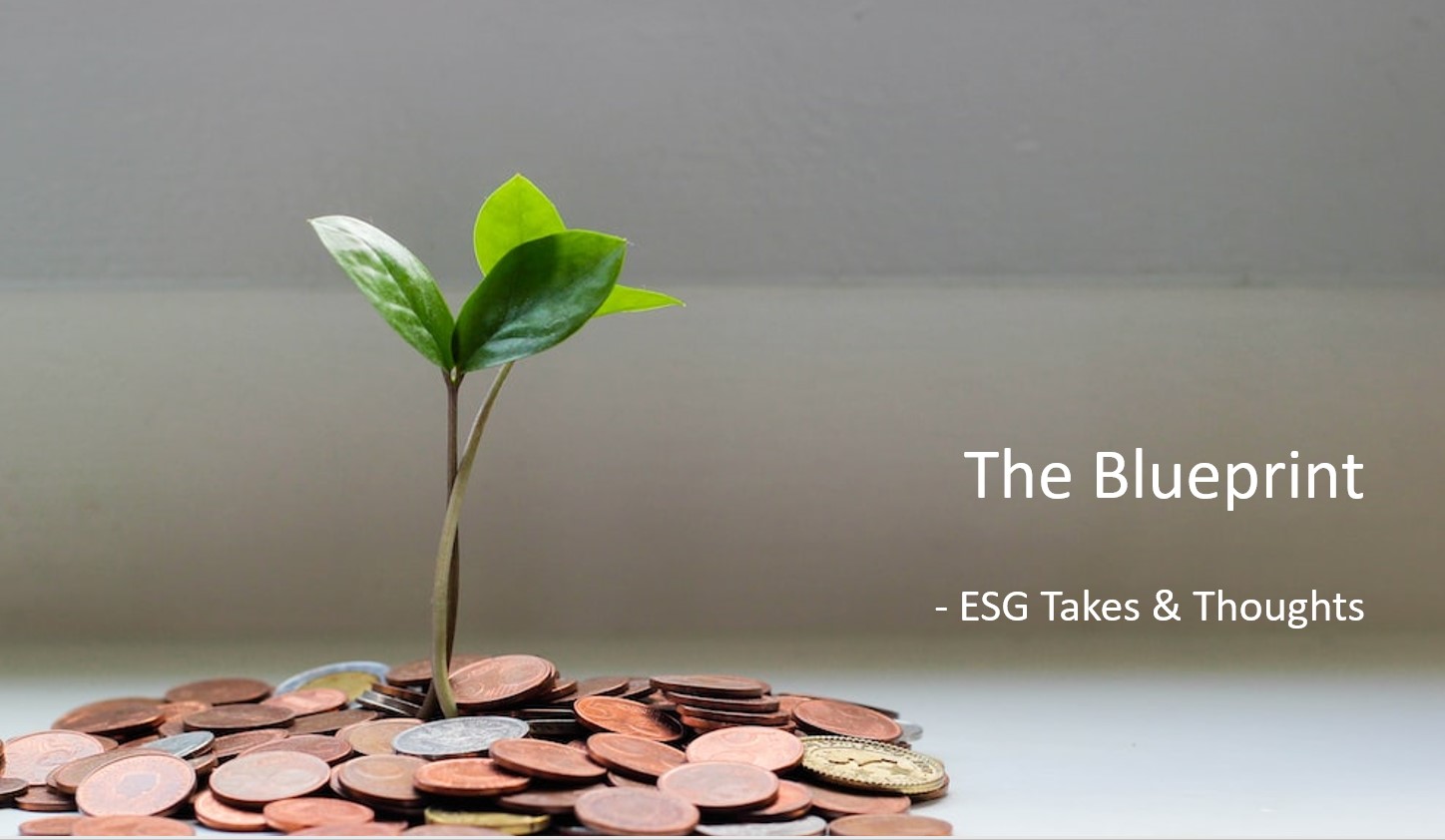
The future of data centres: Sustainable by design
Data centres (DCs) are important enablers of the digital economy. In addition, DCs consume large amounts of land, water, and energy. Up to 40% of their total energy demand comes from cooling, with many operators choosing to operate their equipment at temperatures below 22°C. In tropical climate environments, additional energy is required to keep operating temperatures low (DSA).
 Photo source : Freepik
Photo source : Freepik
Singapore’s Infocomm sector grew 8.6% in 2022 (IMDA). The growth of new green data centres could require S$10 billion to S$12 billion in investments. Data centres are under pressure from their regulators and customers to strengthen climate resilience. In June, the Infocomm Media Development Authority (IMDA) announced a new sustainability standard for DCs to support a gradual increase in DC operating temperatures. This came just 1 month before IMDA ended a four-year pause on new data centre builds in Singapore.
Balancing developing needs
Urban planning can help Singapore to rethink how we can meet our future land use needs. Singapore held a year-long public engagement – known as the Long Term Plan Review – from 2021 to 2022. This will shape Singapore as a liveable home for people and ecosystems.
One key insight from the exercise is the importance of balancing development needs in green and blue spaces. A Singapore-based real estate investment trust (REIT) has announced plans to build a floating data centre park (FDCP) at the Loyang Offshore Supply Base. The FDCP will have a modular design that allows old modules to be recycled for deployment in other locations while freeing up space for other uses. In contrast to conventional data centres, the FDCP requires less treated water as it can tap into the sea for its cooling needs.
We must aim to optimise the use of sea space in a sustainable and integrated way. The Singapore Food Agency (SFA) has been working with farmers to transform and scale the local aquaculture industry. The data centre’s proximity to the narrow Johor Strait means that stray heat and pollution could have additional impacts on nearby fish farms and biodiversity. Additionally, accidental release of contaminated wastewater could impact recreational areas such as Changi Beach, frequented by fishing and intertidal hobbyists.
As we develop our coastlines, reclaimed land has allowed Singapore to enlarge its limited surface area. Sand is also used to fill and nourish our beaches. However, it should be noted that sand mining on the exporter countries can have high social costs and cause immense ecological damage.
Looking forward
With the rise of the digital economy, the need for data centres and resource consumption is expected to grow. Whether it is energy efficiency, waste management, or water consumption, there are a number of challenges for the data centre industry to address.
Under ESG Research Objective 1 (Managing ESG Risks), we assess a company’s nature-related dependencies and how it is managed. For example, water consumption could increase from a spike in cooling demand during heatwaves. To boost resilience against climate change, a Singaporean multinational technology and engineering group created an air-cooling system. The innovation achieved a 20% improvement in energy savings (14 GWh) in hot and humid climates against conventional systems – enough to power 3,200 four-room flats for a year.
The Smooth-coated Otter, 1 of 2 otter species in Singapore, is locally critically endangered and hunts along coastal areas, mangroves, and water bodies. As top predators, otters control fish populations and keep levels of waste in check – maintaining the supply of clean water needed by industries and communities. In our environmental analysis under ESG Research Objective 2 (Mitigating Negative Externalities), we assess how companies ensure effective management of natural resources and environmental pollution. For instance, it is good practice to have proper disposal methods for obsolete equipment and implement waste reduction initiatives and technology.
Under ESG Research Objective 3 (Measuring Positive Change and Impact), we account for how companies contribute towards the global goals for nature. Earlier this year, the tech sector made headlines for the enormous amount of water it uses. An American multinational technology corporation reported a 34% spike in water consumption to 1.7 billion gallons, or more than 2,500 Olympic-sized swimming pools in 2022 – attributed to data centre cooling needs.
Important Information
This material is provided by Phillip Capital Management (S) Ltd (“PCM”) for general information only and does not constitute a recommendation, an offer to sell, or a solicitation of any offer to invest in any of the exchange-traded fund (“ETF”) or the unit trust (“Products”) mentioned herein. It does not have any regard to your specific investment objectives, financial situation and any of your particular needs.
The information provided herein may be obtained or compiled from public and/or third party sources that PCM has no reason to believe are unreliable. Any opinion or view herein is an expression of belief of the individual author or the indicated source (as applicable) only. PCM makes no representation or warranty that such information is accurate, complete, verified or should be relied upon as such. The information does not constitute, and should not be used as a substitute for tax, legal or investment advice.
The information herein are not for any person in any jurisdiction or country where such distribution or availability for use would contravene any applicable law or regulation or would subject PCM to any registration or licensing requirement in such jurisdiction or country. The Products is not offered to U.S. Persons. PhillipCapital Group of Companies, including PCM, their affiliates and/or their officers, directors and/or employees may own or have positions in the Products. This advertisement has not been reviewed by the Monetary Authority of Singapore.